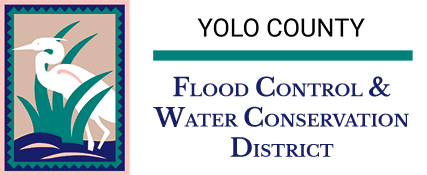Agricultural Water Rates
Irrigation water rates are generally established by the District’s Board of Directors at the May meeting. The District adopted a new rate structure on May 2, 2023, to cover the cost of providing service to customers. The District is a non-profit organization, and all revenues are used to pay operating costs, maintain, and improve infrastructure, and to comply with regulatory requirements. A link to the 2023 water rates can be found at the bottom of the page.
Prior to adopting the latest rate structure, the District had not raised water rates since 2015. The previous rate structure was variable, based on the available water supply in storage as of May 1st, the cost of water was lower when water supplies were plentiful, and higher in times of water scarcity. Unfortunately, this rate structure was unreliable and unsustainable, and resulted in the District being unable to cover operating costs.
Under Proposition 218, public agencies that want to raise fees and assessments are required to present an analysis of operating costs to ensure that the proposed fee structure aligns with the amount of revenue required to sustain the organization. The District contracted with an independent public finance consulting firm to conduct a Cost-of-Service Analysis to determine the correct water rate. The recommendations in the analysis were presented in a series of public meetings and approved by landowners. The rate analysis report may be accessed with the link below.
Municipal and Non-agricultural Water Rates
The District wholesales raw water to municipal water agencies for potable water processing to deliver to their customers. Non-agricultural raw water use is typically used to irrigate golf courses or filling decorative ponds.
The District wholesales raw water to municipal water agencies for potable water processing to deliver to their customers. Non-agricultural raw water use is typically used to irrigate golf courses or filling decorative ponds.
